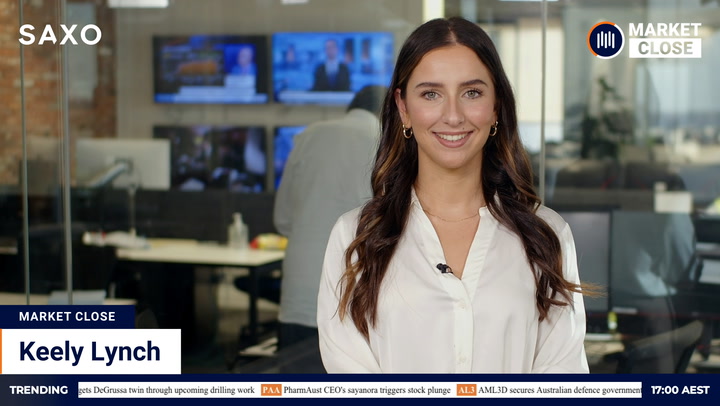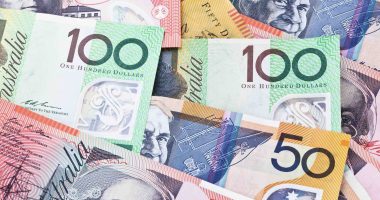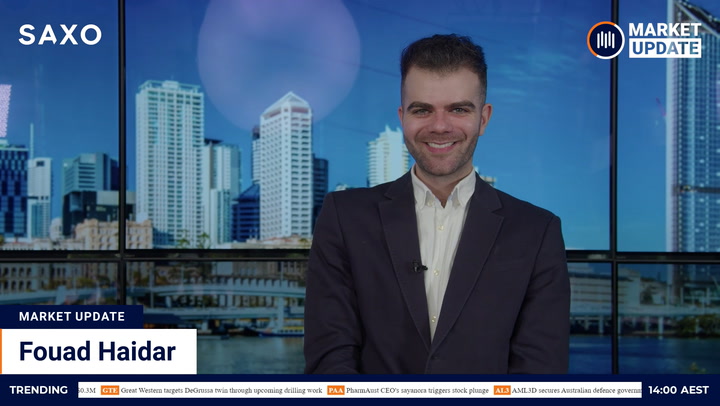- During FY22, Ingham’s (ING) faced a number of challenges which led to a decline in financial results
- The poultry and fodder supplier reported a 16.6 per cent EBITDA decrease to $370.4 million which it says reflects the “disruptive” impact of COVID-19 and increased cost of operating
- Net profits fell just under 58 per cent to $35.1 million and the company reported a final dividend of 0.5 cents per share, taking the total dividend for FY22 to seven cents per share
- Despite the challenges of cost inflation, reduced production and higher input costs, Ingham’s is proud of the resilience and commitment it has shown and feels prepared to navigate FY23
- ING shares fall 9.93 per cent in the red to $2.68 at 1:59 pm AEST
Ingham’s (ING) has reported a decline in financial results for FY22 as it faced a number of global challenges and rising costs.
The poultry and fodder supplier recorded $2.7 million in revenue, a slight 1.7 per cent increase on the prior corresponding period (pcp) which it attributes to a 5.3 per cent growth in poultry volumes.
Following expenses and a 5.7 per cent increase in cost of sales, Ingham’s reported statutory earnings before interest, tax, depreciation and amortisation of $370.4 million, representing a 16.6 per cent decrease on the pcp.
The company said the decline reflects the “disruptive” impact of COVID-19 in the second half and the increased cost of operating.
Net profits after tax also fell just under 58 per cent to $35.1 million.
Due to its reduced profitability in the second half, the company declared a final dividend of 0.5 cents per share for FY22. When including the interim dividend paid earlier this year, the total dividend is seven cents per share.
Ingham’s said it experienced significant cost inflation, in particular for feed, ingredients and transport costs. Ingham’s also faced hefty COVID-19-related costs which have eased since the third quarter.
Further, cashflow from operations declined 17.5 per cent on the pcp to $372.5 million which the company attributes to lower trading results.
Due to the effects of the lower trading results in the second half, net debt increased 11.3 per cent to $267.3 million. Total capital expenditure decreased 6.6 per cent to $61.9 million as the company focused on managing its spending.
Ingham’s said there was a major channel mix shift to Wholesale which resulted in oversupply and lower pricing, reduced production during the second half, and higher input costs which were partially offset by customer price increases.
“I am very proud of the resilience and commitment shown by our people and the way they have responded to the numerous challenges we have faced during the year,” CEO and Managing Director Andrew Reeves said.
“Our core business is in good shape. Our diverse network and market leading integrated operating model provides a strong platform that has helped us navigate the significant disruptions over the past two years and positions us well for the future.”
By the fourth quarter, Ingham’s said the operations began to recover, however, it did note that headwinds are continuing into the current 2023 financial year.
The company assures it’s making solid progress on securing price increases across all channels and customers to offset feed cost and inflationary pressures.
ING shares fell 9.93 per cent in the red to $2.68 at 1:59 pm AEST.






